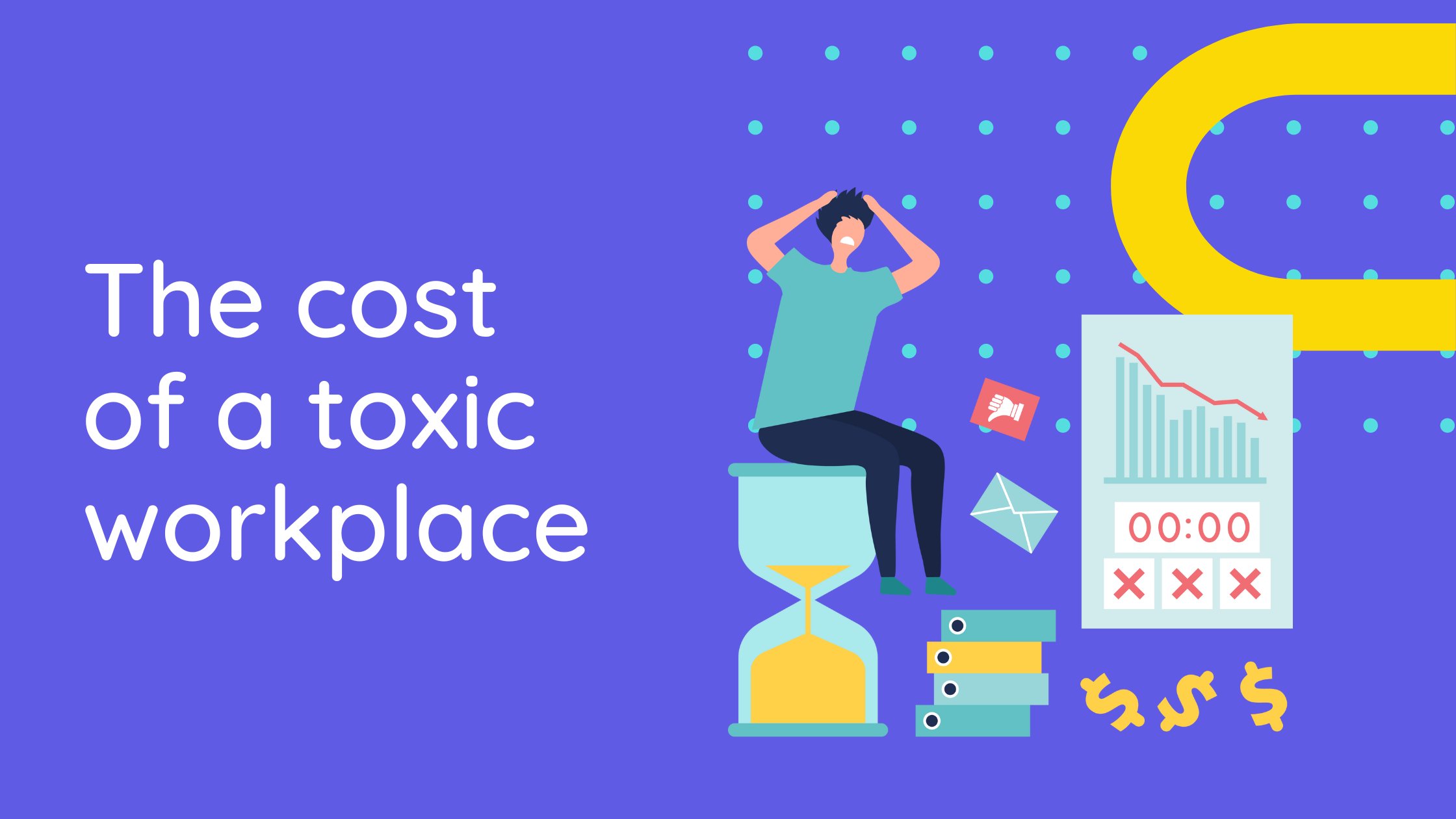
How Uber’s workplace crisis can save your organization money
- June 21, 2017
- Jen Kelchner
The cost of a toxic culture could be costing your company millions. And, stifling your growth.
How can you use Uber’s crisis to prevent this from happening in your company?
Uber is a multinational company with billions of dollars in funding that launched a disruptive ride-sharing application. In recent months, the news has been heavy with a litany of accusations from a former employee that launched internal investigations at Uber.
With all of this attention on aggressive and toxic workplace cultures, leaders are looking within their own organizations taking their own temperatures. As a leader are you looking at the right things though?
The Cost of a Toxic Culture
An aggressive and toxic culture goes beyond sexual harassment, lack of diversity or toe-stepping. And even if you are not facing lawsuits, a toxic culture is most definitely costing you money.
The cost of turnover
In a 2012 study, the cost of losing an employee was stated to cost anywhere from 16% of salary for hourly employees, to 213% of the salaried employee. If you have a high rate of turnover, you can do the math at how quickly you are bleeding out. In fact, in 2016 the cost of Millennial turnover alone had a $30.5B price tag to organizations.
The cost of stress
With high-stress levels rising out of toxic environments, people disengage. This goes beyond the typical “bored with work” scenarios.
The APA states that 75% of employees state their jobs as a major source of stress. In addition, workplace stress costs U.S. businesses $300 Billion as result of absenteeism, reduced productivity levels, and employee turnover. It also adds to companies paying higher insurance fees. Job stress prompts employee disability and longer leave absences than any other work related injury.
The cost of loss
From PR nightmares to loss of clients to poor customer service, having a toxic workplace will cost you over and over – and for an unestimated amount of time. In addition, stressed workers who are disengaged are not providing quality solutions and creating innovative products. The nature of an unhealthy environment prohibits your ability to grow or sustain your growth, and gain an advantage in the market.
If you’re facing lawsuits, you can tack on millions in your cost attributed to loss.
The Next Step
Your workplace ecosystem is made up of three key areas: culture and frameworks; leaders and managers; and people and teams. In order to have a healthy workplace, you’ll need to address all three areas for sustainable change.
Discover your opportunities for change
Gather feedback from all voices in your organization in order to get an inclusive perspective. Have discovery sessions with your leaders and managers to dig deeper into processes, policies and frameworks for how you are doing business. Seek out partners who can help with this process to provide unbiased data gathering for your review in order to create the right roadmap to change.
Drive transformational change with your people
Achieving broad transformational change within an organizational culture requires leveraging your people. It starts with a solid educational program to catalyze your managers and people into agents of change who have the tools to drive the transformation.
Typically change readiness or change management methodologies look at the resources available from an operational perspective. However if we were to instead look to our available resources within our human capital, it is possible to move through cycles of change and transform our teams into rapid-response problem solvers at every turn.
Institute new cultural frameworks that work
The frameworks of Open, create spaces for people to do their best work – it releases the trapped value within employees. It helps us to create places of trust with our internal and external collaborators.
The five core principles of Open: transparency, adaptability, collaboration, inclusivity and community requires structure to make it work effectively and consistently. With this structure, it unleashes the intelligence, power and response of your people – making them continuous problem solvers with high-value.
Bottom line…it saves and makes you money to release the trapped value within your people. Begin looking at change readiness from your human capital resources instead of your operational resources.
To learn more about how to choose a high-value partner for your transformational change, contact us at hello@ldr21.com.
